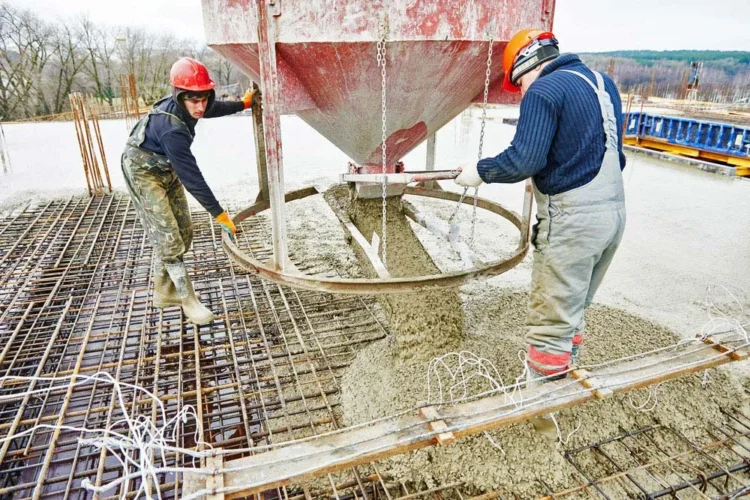Ever passed by a construction site and noticed that grey, soggy mixture being tipped into molds or frames? That’s concrete — and it’s one of the most valuable things in the world of building. From the highway beneath your feet to the city’s tallest building, concrete is all around. But what is concrete, precisely, and why do we use it so much?
Knowing What Is Concrete
In short, concrete is a combination of cement, tiny stones or gravel (known as aggregates), sand, and water. When you mix them, a chemical reaction occurs, and the mixture becomes hard over time and forms a solid, rock-like structure.
The concept of what concrete isn’t all that old. The Romans applied it to construct huge concrete structures such as the Colosseum and aqueducts — many of which are still standing today. Concrete structures of today are even tougher and more versatile, employed in everything from residential driveways to huge bridges.
Types of Concrete in Construction
Not all concrete is created equal. Builders select others based on the work. Two of the most popular are precast concrete and reinforced concrete.
Precast Concrete
Think of precast concrete like ready-made parts. It’s created in a factory, then shipped to a site for quick assembly. This method, known as precast concrete construction, saves time, reduces waste, and ensures consistent quality. You’ll often see it in floors, walls, and bridge sections.
Reinforced Concrete
Though concrete is excellent at bearing great weight, it will crack if it’s stretched or bent. That’s when there’s reinforced concrete. It contains steel rods or mesh, providing additional concrete strength. It’s ideal for tall skyscrapers, overpasses, and dams.
Key Properties of Concrete
Concrete Strength
Concrete strength is a measure of how much weight it can withstand before shattering. The mix, curing time, and quality of materials all come into play. More robust concrete is employed on large projects such as skyscrapers and industrial flooring.
Durability and Flexibility
Concrete is also long-lasting in extreme weather, heavy loads, and even chemicals. And it can be molded into nearly any shape, from straightforward walkways to complex architectural features.
Where You’ll Find Concrete in Use
Once you know what is concrete, you’ll begin to see it everywhere:
- Bases for houses, offices, and factories
- Beams, columns, and slabs in building frames
- Roads, bridges, and tunnels linking cities
- Precast items such as drainage pipes, panels, and boundary walls
Why Concrete Is a Builder’s Top Choice
Concrete is still a top option for builders because:
- It endures – Properly constructed concrete structures last for decades.
- It’s easy to maintain – Requires minimal maintenance in contrast to other materials.
- It’s cheap – Constructed from readily available, ordinary materials.
- It’s secure – Concrete won’t burn, providing added security to buildings.
Final Thoughts
So what is concrete? It’s not just a material that buildings are made of — it’s the lifeblood of modern building. From precast concrete for quick, accurate jobs to reinforced concrete for extra concrete strength, this one versatile material has built our cities for centuries and will continue to do so for centuries to come.


